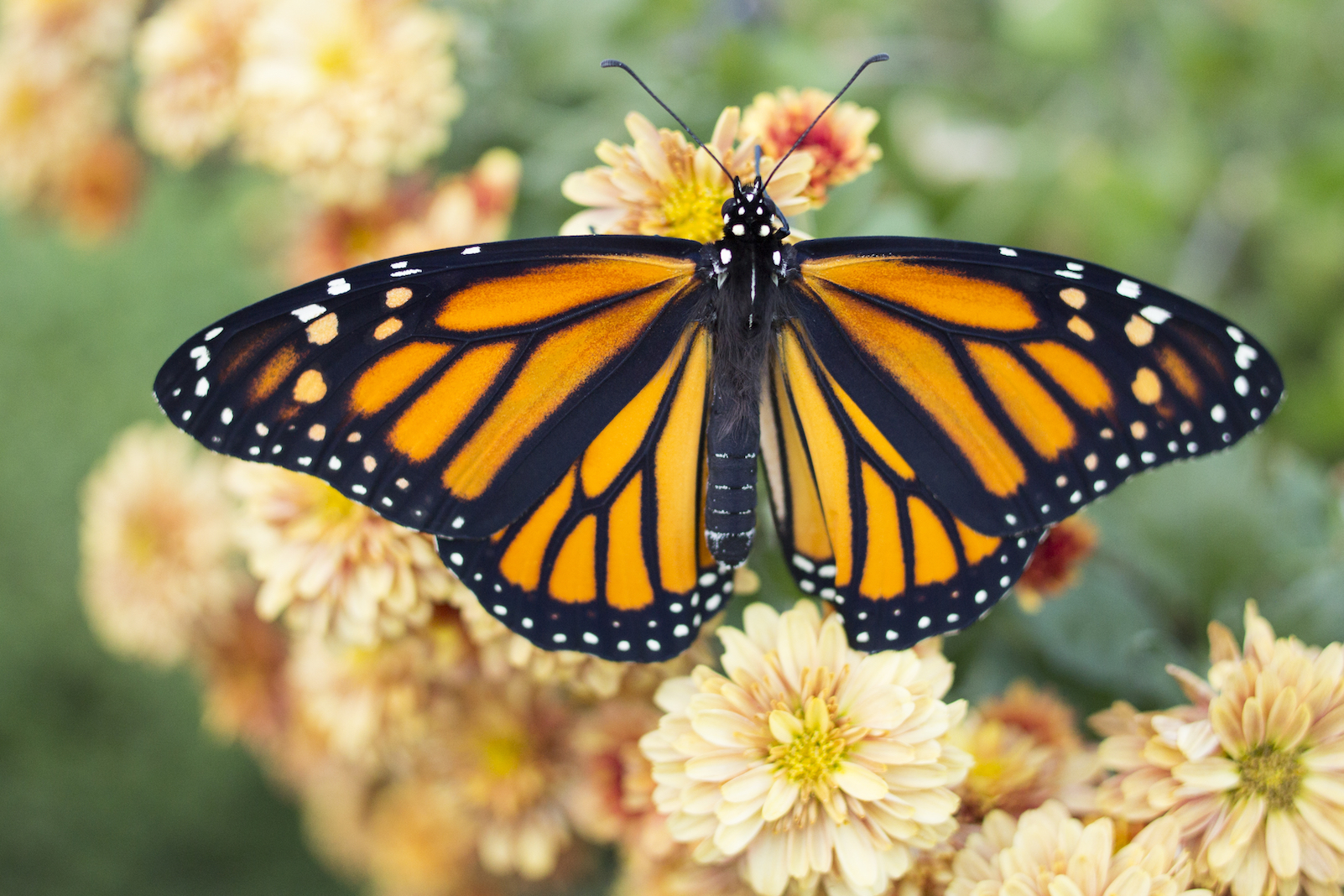
Is specimen collection necessary for science and conservation?
When I volunteered in Equatorial Guinea for a sea turtle conservation project, I also volunteered to collect invertebrate specimens for researchers associated with the project.
With an enthusiasm I now find shameful, I hunted down literally hundreds of gorgeous butterflies. The insects caught in my net were delicately removed and killed with a quick squeeze to the thorax, as an entomology professor had taught me.
Into jars of alcohol went invertebrates such as snails. I packed everything. Butterflies went into small glassine envelopes and the envelopes went with alcohol vial specimens into tin cans with plastic lids. In the cans went old socks full of absorbent material to keep the whole dry. Sometimes I’d lay the envelopes of butterflies out in the sun to dry for a while. A tourist that visited our camp asked pointedly whether I was concerned about insect collections hurting the population. I brushed the man off easily, citing insects quick reproduction and typically high population levels. I also thought that the data garnered from the death of one insect more important to the survival of the species than the individual life.
Likewise I helped collect cave dwelling invertebrates on expeditions in Colorado and Arizona. I scrambled quickly, catching a potentially stinging centipede and popped him into a vial of alcohol. I killed many such creatures in the name of science. Cave populations are smaller and more fragile than the rainforest populations I terrorized in Africa.
Since my personal heyday of collecting, I’ve thought long and hard about my actions and really questioned myself. There aren’t a lot of answers come by easily. A species collected in a remote tropical forest or obscure cave may very well be a species new to science, in fact it’s usually a hope of the broad spectrum collector. If a species is new to science, it’s impossible to know the impact of a collection on the population or species as a whole. With species as small as insects, numerous individuals and even populations may be killed indirectly from our actions every day. The question lingers, how many species were wiped out by development without us even knowing?
For many insects and other invertebrates, we have virtually no deep knowledge of species. Most are nothing beyond a Latin name. This means we don’t know anything about population numbers or how wide spread populations are. We don’t know reproduction rates or mating behaviors for most ‘known’ insects.
The basis for collecting specimens is to root a species in the physical bedrock of a specimen collected. In the past when illustrations were largely subjective and dependent on the skill of the scientist creating an illustration, this made sense. Today when almost everyone carries an impressive digital camera in their pocket, this makes less sense. Some scientists have argued that photographs, even photographs of insects, should be sufficient for scientific purposes.
Another argument for making specimen collections is an argument rooted in conservation. The argument goes that the documentation of biodiversity or even the beauty of life leads to protecting it. Again photography seems to supply a ready answer. Indeed often are photographs of not just organisms but of landscapes and cultures serve the needs of preservation. On the converse, if a government or organization isn’t acting in good faith, releasing a host of live animals to be observed may not serve a purpose, much less a museum specimen.
There is ambivalent science on whether insects feel much in the way of pain. Caterpillars have had their ‘feet’ mutilated and shown to walk ‘normally’. All this really proves is that caterpillars don’t react in the same way we might. Science like this justifies the Cartesian philosophy that animals are soulless machines acting without any emotion, thought or pain to their environment. Anyone who’s played with a dog might find this notion suspect. Likewise, anyone who’s dropped a Preying Mantis into an entomologist’s kill jar and watched the insect writhe while dying might find the notion the insect feels no pain unsettlingly cold and willfully ignorant. I justified my own insect killing in numerous ways, telling myself data was more important than the individual life. I told myself data could protect a species. Meanwhile others collecting data in Equatorial Guinea watched helplessly as monkey populations plummeted year by year. Perhaps what is needed is less data and more compassion; less specimens and more living individuals.
—
By Zach Fitzner, Earth.com Contributing Writer












